In the vibrant world of fashion, the journey from a simple sketch to a finished product hanging on a store rack is both fascinating and complex. This path involves creativity, strategic planning, and a deep understanding of the market. In today's post, we'll delve into the lifecycle of an apparel design, highlighting the steps, challenges, and key players involved in bringing a fashion concept to life and eventually to market.
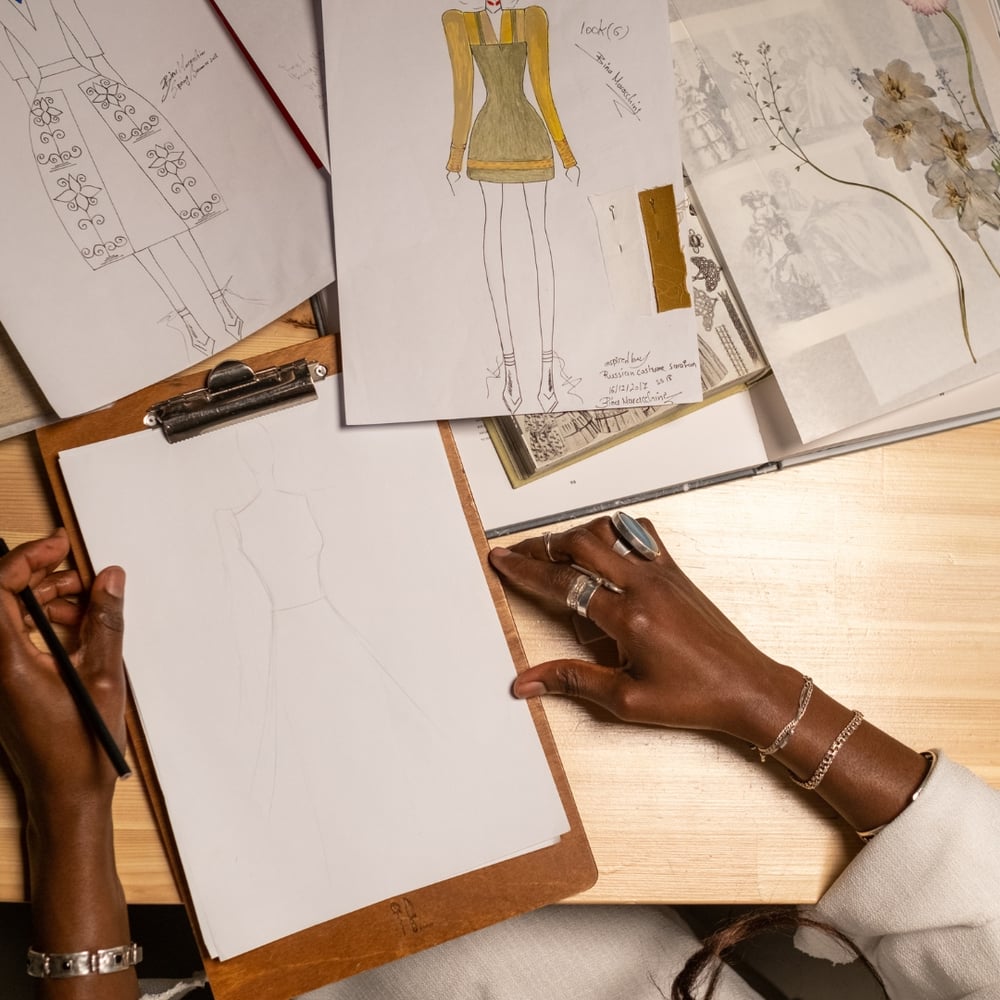
Step 1: Conceptualization and Inspiration
Every piece of apparel starts with an idea. Designers draw inspiration from various sources—runway trends, historical fashions, street style, and even abstract concepts like art and nature. This stage is about dreaming big and sketching freely, without constraints, to capture the essence of the inspiration in a tangible form.
Key insight: Keeping a sketchbook or a digital mood board can help designers organize their thoughts and inspirations, making it easier to revisit and refine initial ideas.
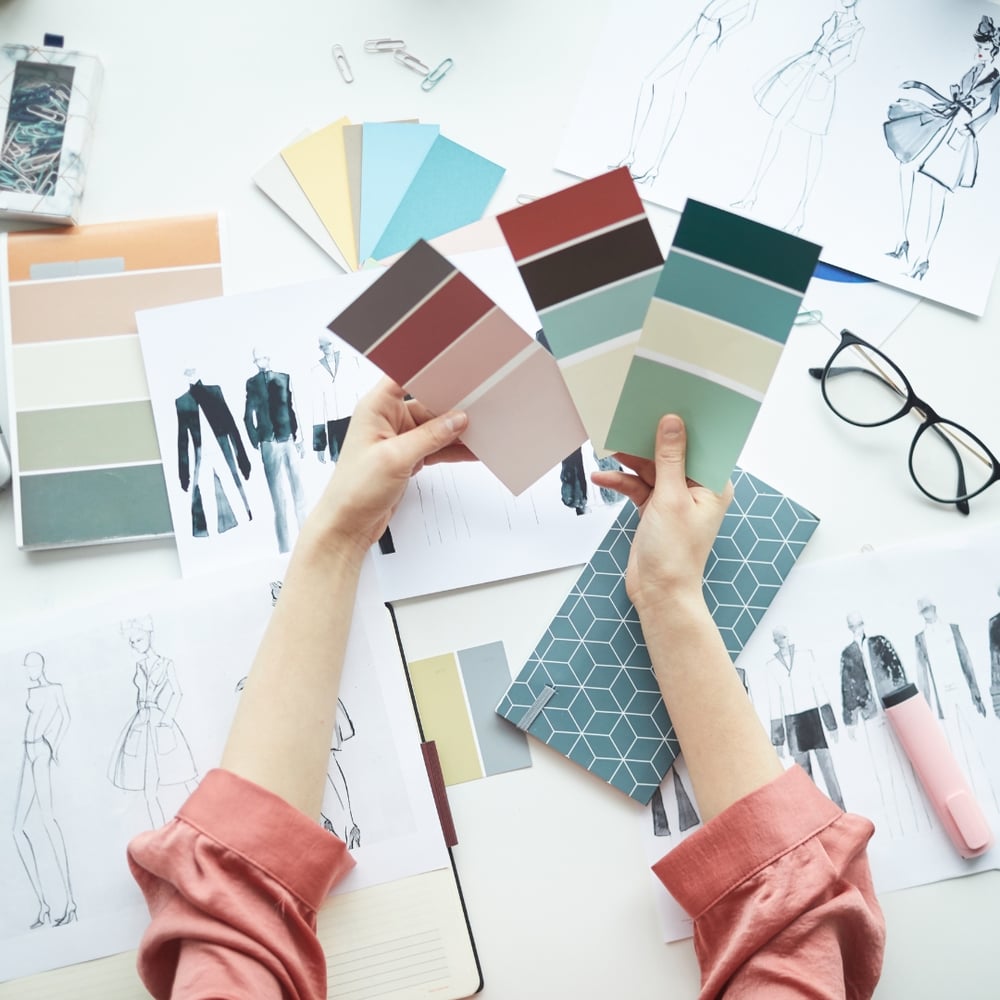
Step 2: Design and Detailing
Once the basic idea is sketched out, the next step involves turning these sketches into detailed designs. This includes deciding on fabrics, colors, patterns, and embellishments. Designers also need to consider functionality and target audience preferences at this stage, balancing aesthetic appeal with practicality and cost.
Tools of the trade: Software like Adobe Illustrator and CLO 3D are invaluable for creating detailed technical sketches and virtual prototypes, allowing designers to see their creations in 3D without producing a physical sample.
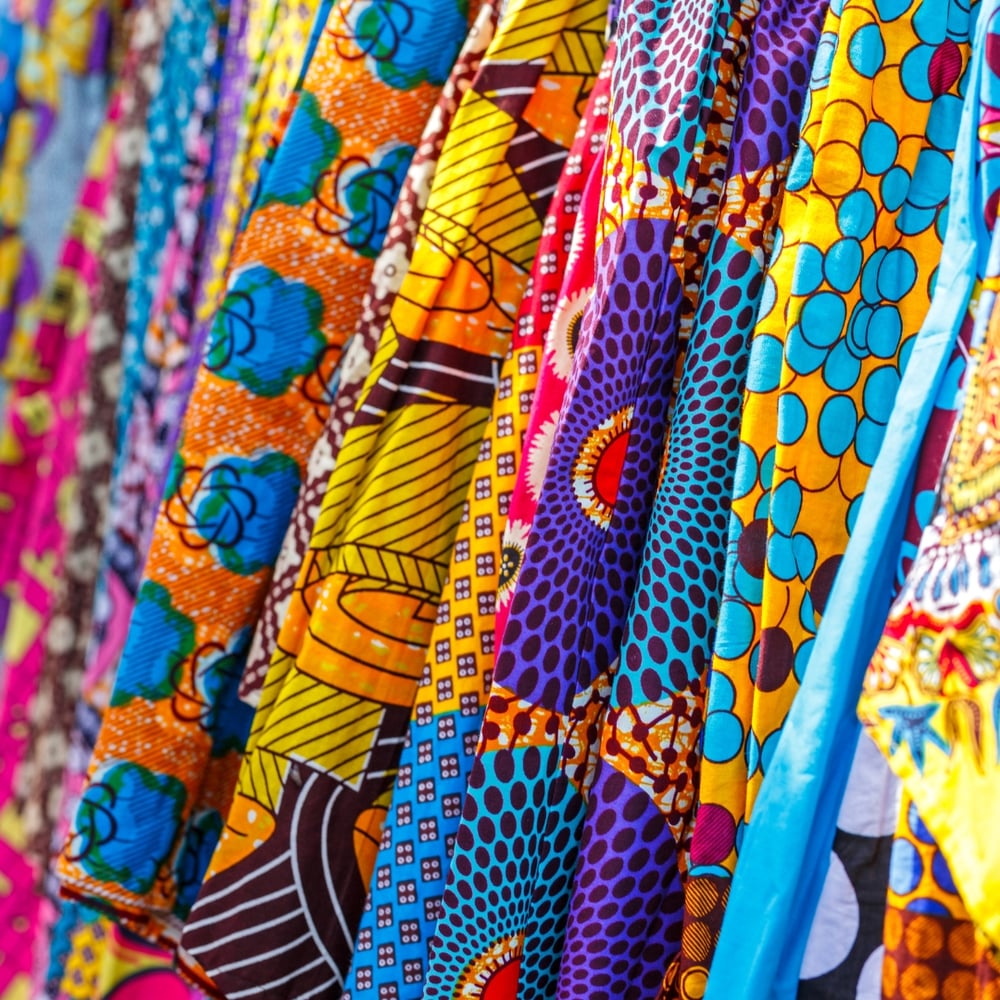
Step 3: Sourcing Materials
Choosing the right materials is crucial. This involves not only aesthetics and comfort but also considerations of cost, availability, and sustainability. Designers work with suppliers to find fabrics and trims that align with their vision and ethical standards.
Sustainable tip: Opting for eco-friendly materials like organic cotton, recycled polyester, and Tencel can help reduce the environmental impact of apparel production.
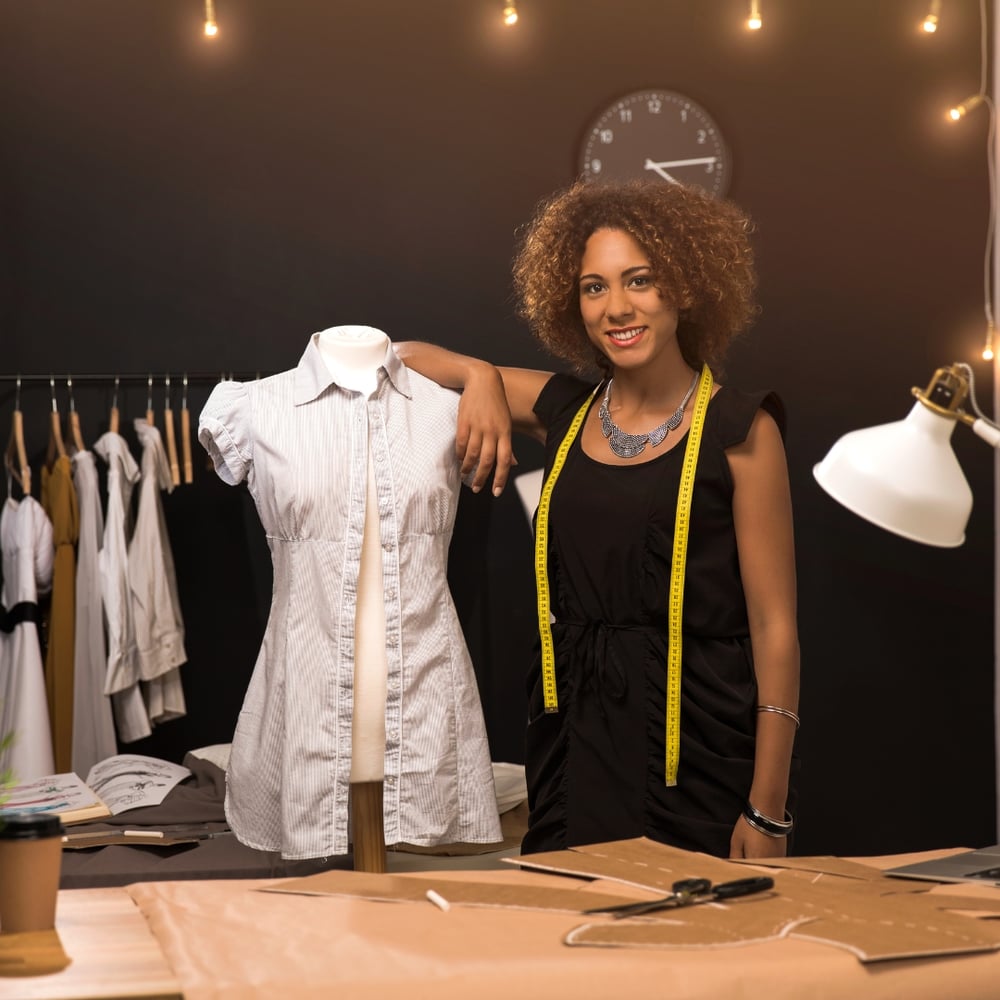
Step 4: Sample Making
The first physical manifestation of the design comes through in sample making. A sample allows the designer and their team to assess the look and feel of the garment and make necessary adjustments to fit, drape, and overall design.
Insider's note: It’s common to go through multiple rounds of samples to perfect the design. Each iteration addresses issues noted from the fit sessions and wear tests.
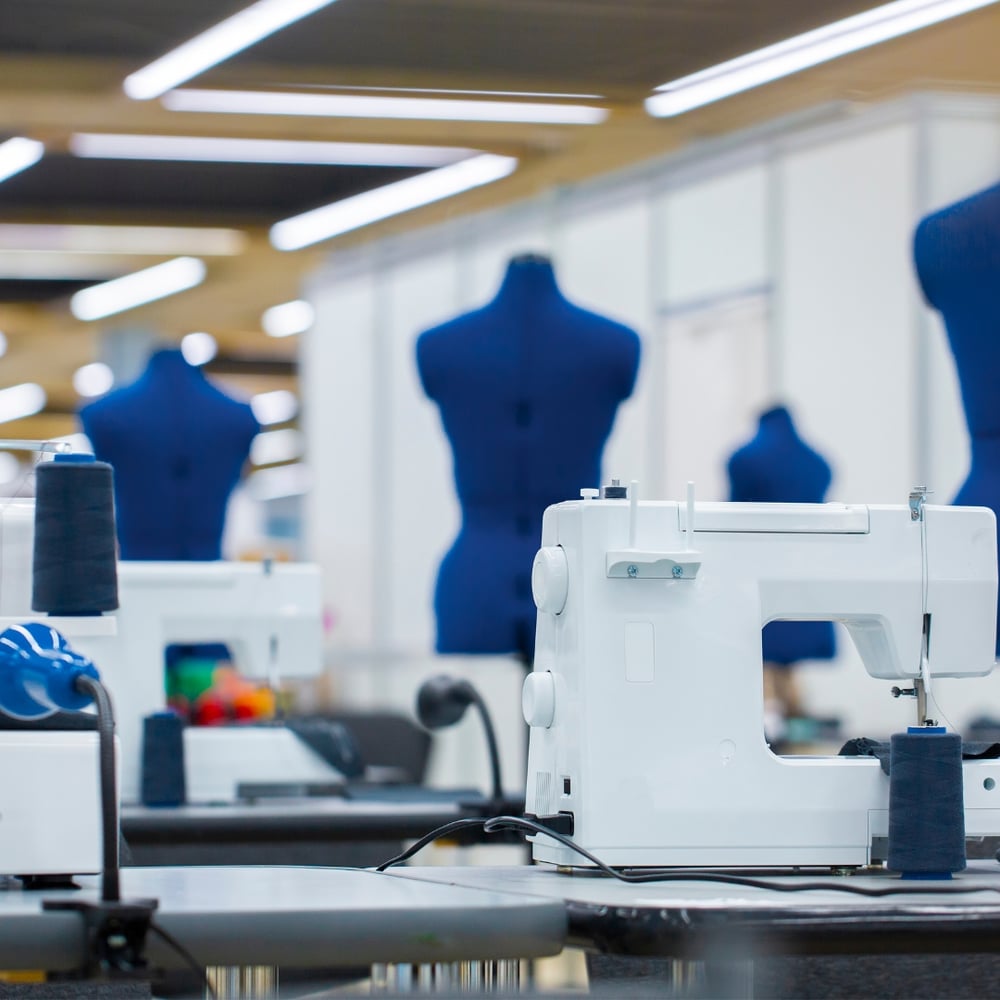
Step 5: Production
Once the final sample is approved, the design moves into production. This stage requires meticulous planning to manage costs, timelines, and quality control. The scale of production can vary widely, from small batches for boutique brands to large orders for mainstream retailers.
Challenge to address:Consistent communication with manufacturers is vital to ensure that the final products meet the quality standards and stay true to the original design.

Step 6: Marketing and Sales
With the product ready, the focus shifts to marketing and sales. This includes creating engaging product descriptions, stunning photographs, and marketing campaigns that resonate with the target audience. Whether selling online, in physical stores, or both, effective marketing strategies can greatly influence the success of the design in the market.
Marketing must-dos: Utilize social media platforms, influencer collaborations, and email marketing to build excitement and anticipation for the product launch.
Final Thoughts
The journey from sketch to sale is a testament to the creativity, resilience, and dedication of those in the fashion industry. Each step offers its own set of challenges and opportunities for innovation. For aspiring designers, understanding this process in depth can provide a solid foundation for a successful career in fashion design. The advancement in technology will make it possible for aspiring and new designers to jumpstart their careers faster than ever. With the use of the right tools and software dreams can be realized, from conception to fulfillment, all from the comfort of your home PC. Whether you are a seasoned designer looking to refine your process or a newcomer eager to make your mark, remember that each piece of apparel you create is a story—from the first stroke of your pencil to the final stitch.


